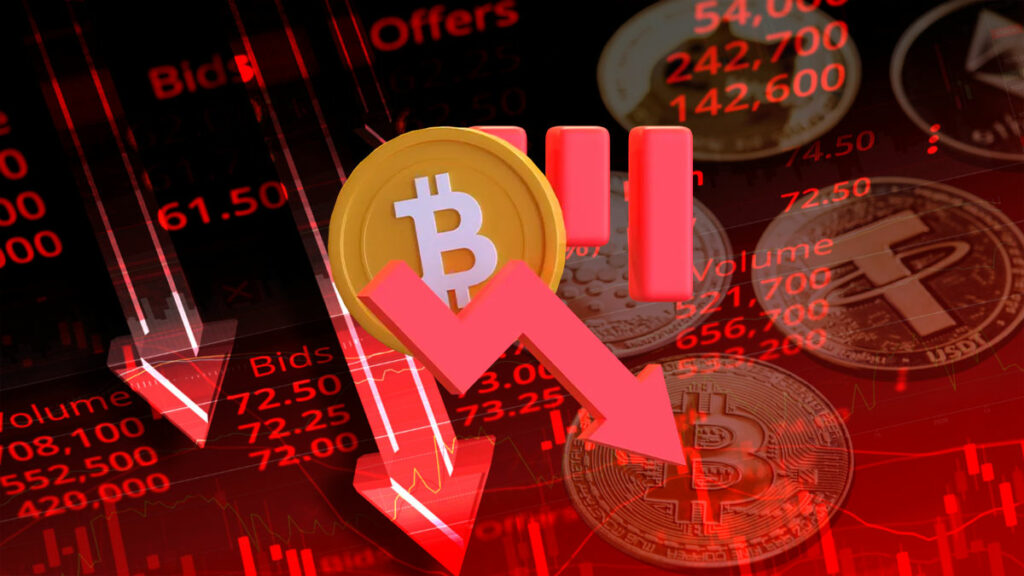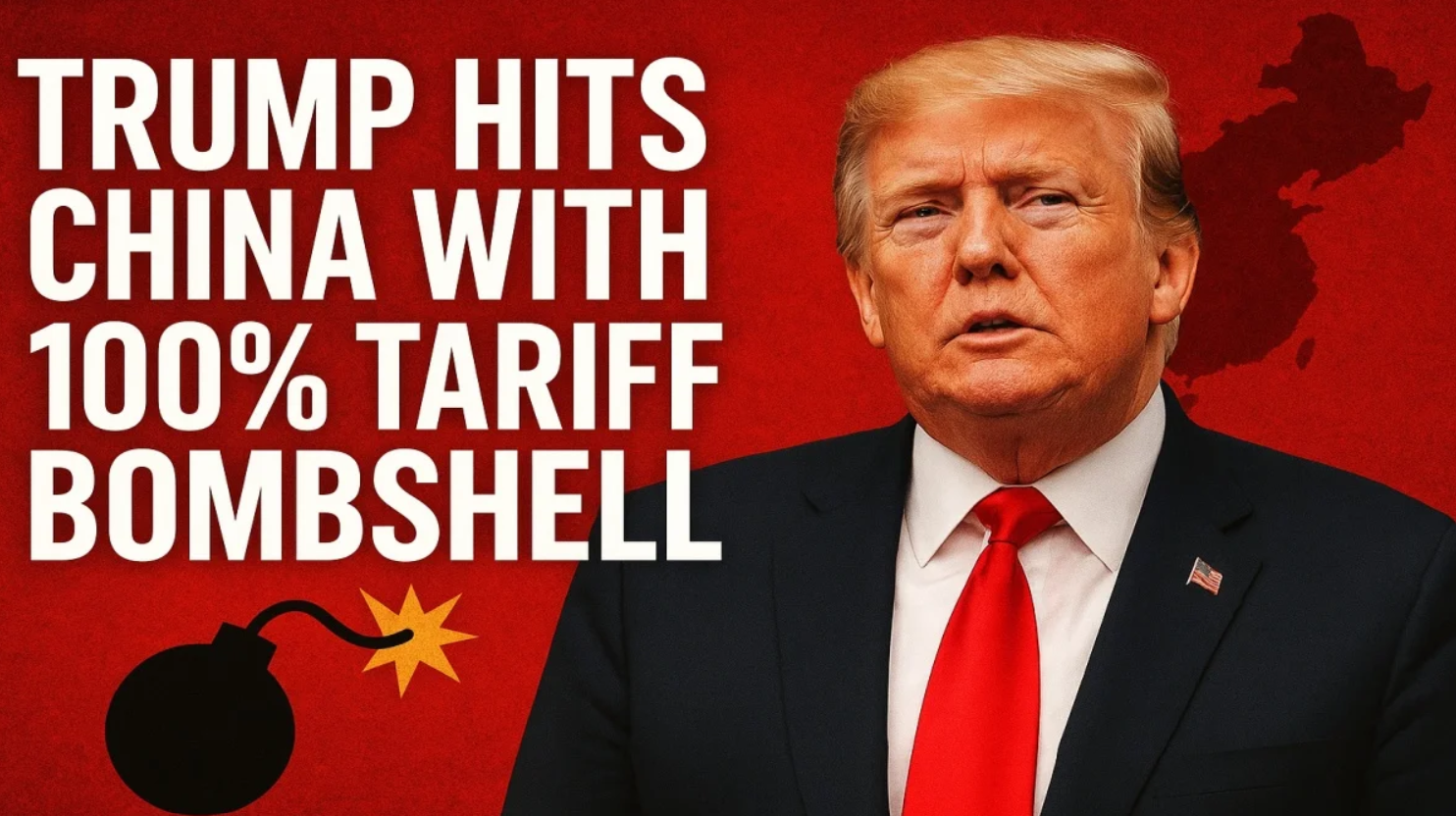Foreign institutional investors have been on a selling spree this month, pulling out over ₹11,778 crore from Indian equities in just the first fifteen days of July. This steep outflow has already wiped out the net buying witnessed in May, which stood at nearly the same amount. After a brief rebound in the second quarter of the year, this reversal signals rising nervousness among global investors toward Indian markets once again.

This recent selling trend is not just a blip. So far in 2025, FIIs have sold Indian equities worth over ₹1.22 lakh crore, underlining a significant shift in sentiment. The reasons behind this sell-off are not one-dimensional. Experts point to a mix of policy uncertainty, earnings disappointment, and stretched market valuations that are forcing foreign funds to reconsider their India strategy.
One major factor behind the current wave of selling is the lack of progress in the much-anticipated India–US trade agreement. With just days left before the August 1 deadline, the absence of any concrete deal has raised eyebrows. Foreign investors have been closely watching the negotiations, hoping for a breakthrough that could boost cross-border flows and improve bilateral trade visibility. However, delays in finalising critical components, especially around sensitive sectors like agriculture and dairy, have sparked concerns.
According to market watchers, this uncertainty is clouding the overall outlook. The trade partnership with the United States is seen as strategically crucial for India’s global positioning, especially as the world moves toward more fragmented supply chains. A delay or breakdown in talks not only weakens short-term confidence but also sends mixed signals to long-term investors evaluating India as a stable growth destination.

Adding to the uncertainty is the current earnings season, which has failed to match investor expectations. After a relatively strong fourth quarter, the first quarter numbers so far have been underwhelming. Technology majors like TCS and HCL Tech have already hinted at geopolitical headwinds and delays in deal closures. This has made foreign funds more cautious, especially toward the sectors they usually favour.
Market experts believe that this disappointment in earnings is contributing to the lack of conviction in India’s near-term growth story. Even with supportive macroeconomic trends and steady domestic demand, investors are now awaiting more tangible signs of profitability growth before re-entering aggressively.
Valuation remains another critical issue. Indian equities are trading at a considerable premium compared to most other emerging markets. According to data, the MSCI India index is now priced at 23.3 times earnings, which is significantly above its long-term average. Compared to other EM peers, Indian stocks are currently running at an 82 percent premium. In simple terms, Indian shares are looking expensive, and many foreign funds are now looking for better value in cheaper markets elsewhere.
This does not mean foreign interest in India is vanishing. Despite their exits from the secondary market, FIIs continue to participate in primary issuances such as IPOs and offer-for-sale events. This signals that while they might be cautious about short-term equity valuations, they remain interested in India’s long-term growth trajectory. As liquidity continues to be absorbed by new issues, the secondary market might remain under pressure in the short run.
Another subtle yet significant reason behind this outflow is the performance of the rupee and the dollar. The Dollar Index is hovering near the 98 mark, and global currency movements are influencing fund flow decisions. In such an environment, asset allocation strategies among foreign funds are becoming more dynamic, with rotation away from India being a short-term move based on relative market attractiveness.
Overall, the foreign sell-off in July underscores a shift in risk appetite, driven by a combination of policy hesitation, soft earnings, and rich valuations. For Indian investors, this may cause intermittent volatility, but it also offers a chance to accumulate fundamentally strong stocks at better prices if they have a long-term outlook.
For more updates on FII moves, stock market insights, and global investing trends, follow You Finance on Instagram and Facebook. Stay informed, stay ahead.
















